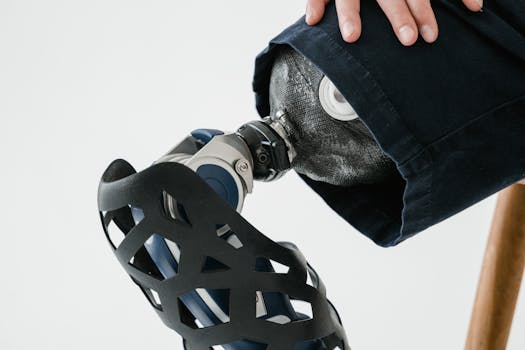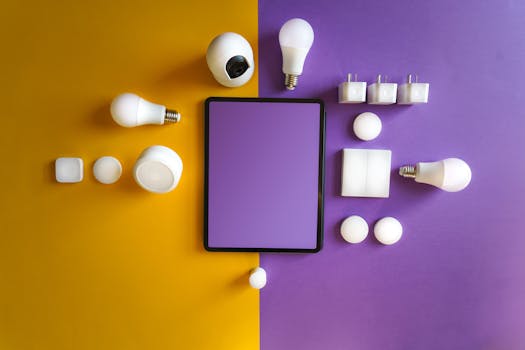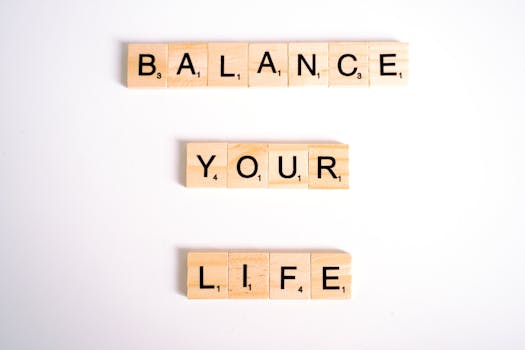
“
Introduction to Minimalist Living
Minimalist living, with a focus keyword on simplicity, is a lifestyle that has gained popularity in recent years due to its potential to simplify lives, reduce waste, and increase productivity. At its core, minimalist living is about living with only the necessities and eliminating clutter, both physical and mental, to create a more organized, peaceful, and intentional way of living. For those interested in enhancing their space, upcycling furniture can be a great way to embrace sustainability while decluttering.
The Principles of Minimalist Living
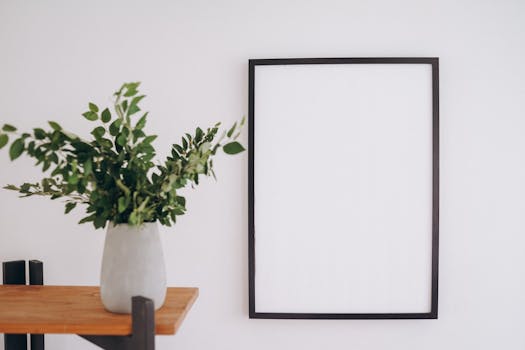
The principles of minimalist living are straightforward and can be adapted to fit any lifestyle or living situation. They include reducing consumption, living with intention, and embracing simplicity. This means being mindful of purchases, avoiding impulse buys, and ensuring that each item in your home serves a purpose or brings joy. Incorporating plants can also enhance your minimalist approach, creating a vibrant and fresh feel in your home. Check out our post on Incorporating Plants for more ideas.
One of the primary benefits of embracing minimalist living is the reduction of stress and anxiety that comes with clutter and disorganization. A cluttered environment can lead to a cluttered mind, making it difficult to focus and be productive. By decluttering your space and living more intentionally, you can create an environment that promotes calmness and clarity.
Benefits of Minimalist Living
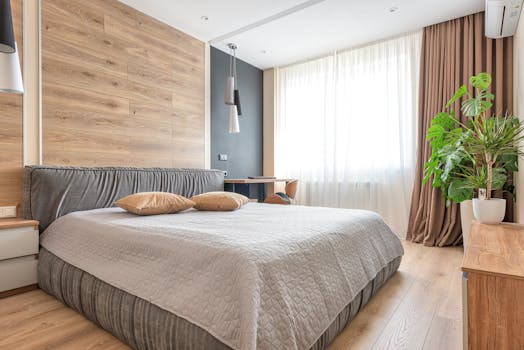
The benefits of minimalist living are numerous and can have a significant impact on both your personal and professional life. Some of the key benefits include:
- Reduced Stress and Anxiety: Living in a clutter-free and organized environment can significantly reduce feelings of stress and anxiety.
- Increased Productivity: With a simplified and organized living space, you can focus more easily and be more productive.
- Financial Savings: By reducing consumption and avoiding impulse purchases, you can save money and allocate it to more meaningful investments or experiences.
- Environmental Benefits: Minimalist living promotes sustainability by reducing waste, conserving resources, and encouraging the use of eco-friendly products.
- Improved Focus and Clarity: By eliminating distractions and clutter, you can improve your ability to focus and make decisions with greater clarity.
Implementing Minimalist Living
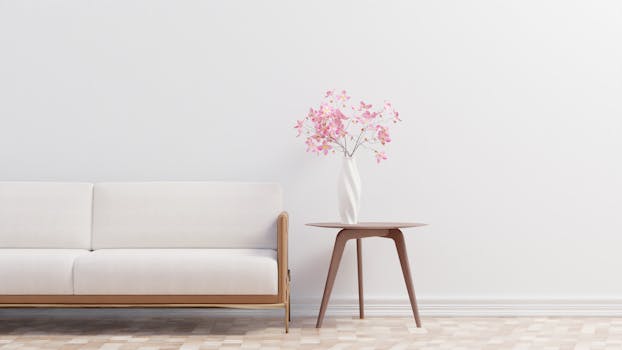
Implementing minimalist living into your daily life can seem daunting, but it can be achieved through small, incremental changes. Here are some steps to help you get started:
- Start Small: Begin with one area or category of items (e.g., clothes, books, kitchen utensils) and declutter and organize it before moving on to the next.
- Set Goals and Intentions: Define what minimalist living means to you and set specific, achievable goals for simplifying your life.
- Practice Mindfulness: Be mindful of your purchases and actions, ensuring they align with your values and intentions.
- Seek Support: Share your goals with friends and family, and consider joining a community or finding a mentor who can provide support and guidance.
- Be Patient and Flexible: Transitioning to a minimalist lifestyle is a process. Be patient with yourself, and remain flexible as you encounter challenges and make adjustments.
Conclusion
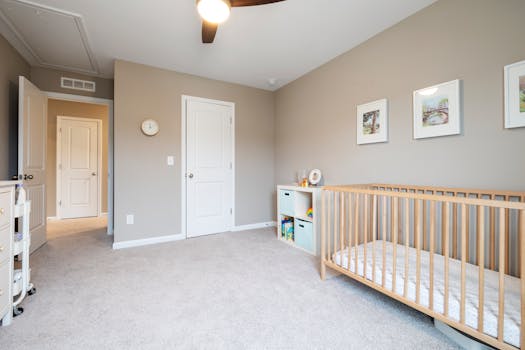
Embracing minimalist living is a journey that can lead to a more simplified, organized, and fulfilling life. By understanding the principles and benefits of minimalist living and taking small, intentional steps towards simplification, you can create a lifestyle that aligns with your values and promotes well-being. Remember, the focus of minimalist living is not on deprivation, but on living intentionally and finding joy in the simplicity of life. For more ideas on creating a harmonious space, consider our post on Maximizing Small Spaces.
